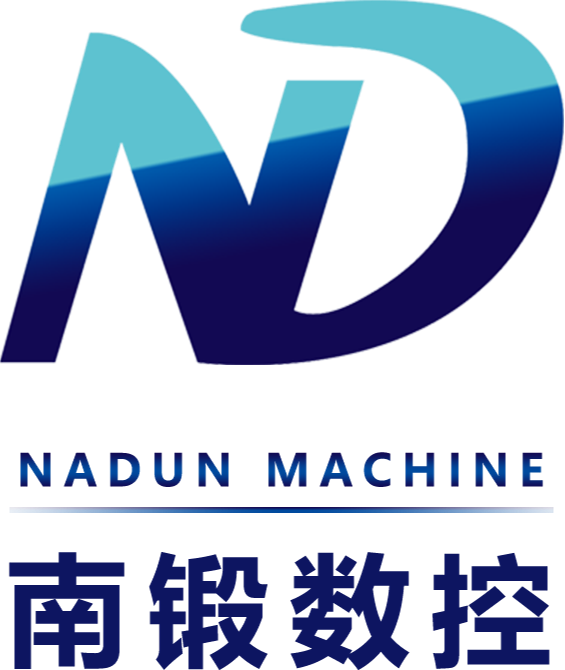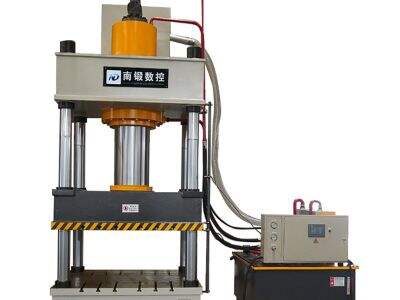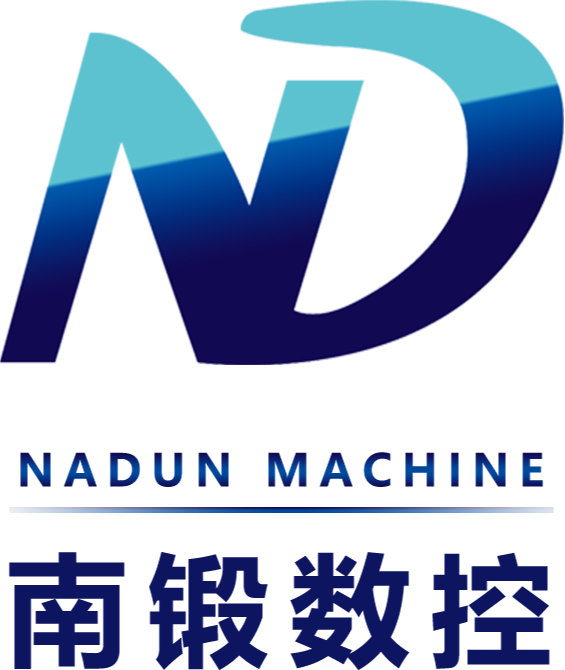It is very important to know how ppm of back gauge impact on press brake bending results in making perfect metal parts. We will soon familiarize what all these Nadun hydraulic press with pressure gauge accuracy mistakes do illustrate about the bend angle. The need of perfect bending result with the right notes on back gauge accuracy, carrying out proper calibration for a precise.
Crucial Tool For Press Bending
Everyone working with metal fabrication must understand how accurate back gauge measurements can help optimize press brake bending outcomes. Back gauge is an important tool of angle bending press brake machine that helps to locate the metal sheet properly just before bending. Back gauge measurements that are off (whether by 1/4 in, 0.5 mm or whatever) result in large variations of bend angles (the bending angle changes more than would otherwise be). It would be like trying to make a toy car with wheels that do not even line up — it just wouldn't work. When it comes to press brake bending, the same concept holds true.
Avoid Errors in Using this Tool
What could major bend angle variations be due to little back gauge accuracy errors? For those that NEED to make a metal box with edges that need be a 90 degree angle. It will result in slightly inaccurate angles if the back gauge is too sloppy, for the metal sheet may not be positioned as per the demand else. Mere microscopic wrong due to the proportions out of alignment with the rest of them and it'll be impossible to fit it together. Because when it comes to manufacturing, there is no room for errors.
The back gauge accuracy is essential for achieving good, repeatable press brake bending results. This is necessary for better bending of the metal sheet, as when the back gauge setup is nice and accurate it can result in consistent tight bends with precise dimension every time. It is this consistency that is so important to reliable construction of parts that will assemble correctly and meet required specifications. Precision is Key Making quality metal parts would be impossible if you did not have accurate back gauge measurements.
Helpful to Have a Better Production Processes
It is also important to note how accurate back gauge calibration can make production processes run smoother and cleaner with less waste as well. Manufacturers can improve their production processes and decrease the volume of material wastage by making sure that the calibration of Nadun hydraulic press with gauge is just right. When every bend is made correctly and efficiently, less rework or scrap would be required, ultimately saving time and costs in the long term. No matter what metal fabrication operation you are in, having a properly calibrated back gauge is an investment toward efficiency and cost reduction.
So, investing in a good back gauge system is inevitable to get the best out of your press brake with bending. A good back gauge system helps yield better overall metal parts, thereby ensuring more satisfied clients and a higher rate of return business. It also can improve the efficiency of the manufacturing process itself by cutting down time to make every single fold perfectly. All companies in need of the highest quality and efficiency out of their press brake bending process should consider making an investment in a trusted back gauge system.
Pay Attention on its Accuracy
In summary, Paying more attention to the accuracy of back gauge is one urgently problem needed to be solved in press brake bending for manufacturing metal parts. Even tiny errors in the back gauge measurements can cause deviations in bend angles, which would distort the final product. Correct back gauge setting is highly important to achieve accurate bending results, and optimize production processes to reduce wastage. The investment in a good quality Nadun hydraulic press with pressure gauge system for the press brake can help significantly in improving press brake bending operations and thereby delivering potentially better results for the companies. Our focus on quality and precision ensures you get the best in press brake bending, and we apply that to every back gauge system.

 EN
EN
 AR
AR HR
HR CS
CS DA
DA NL
NL FI
FI FR
FR DE
DE EL
EL IT
IT JA
JA KO
KO NO
NO PL
PL PT
PT RO
RO RU
RU ES
ES SV
SV IW
IW ID
ID LV
LV LT
LT SR
SR SK
SK SL
SL UK
UK SQ
SQ ET
ET HU
HU TH
TH TR
TR FA
FA AF
AF MS
MS MK
MK KA
KA UR
UR BN
BN
